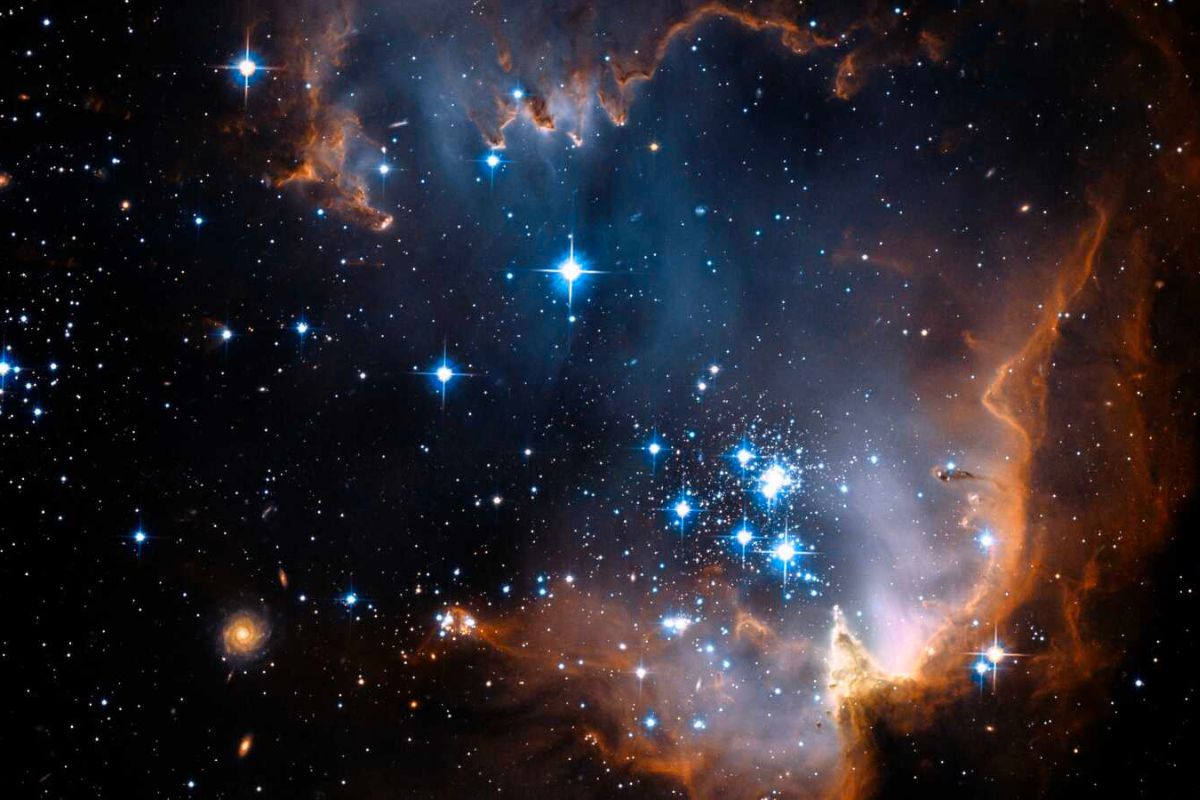Hidden Stars: Before the invention of telescopic astronomy, observations could only be made of one little patch of the sky at a time. Extensive manual observations were conducted, leading to important discoveries about individual astronomical objects, including galaxies, quasars, pulsars, and nebulae. However, improvements in telescope technology have allowed us to map the entire sky with the help of automation and to record a greater region of the sky at once.
Modern sky surveys may complete tasks that used to take years in a matter of weeks or days, making it possible to see changes in the sky in real time. Exciting discoveries are being made as a result of this change in astronomy, such the identification of stars that were previously unknown thanks to infrared surveys.
Over a ten-year period, the authors have reviewed data from the Visible and Infrared Survey Telescope (VISTA) in several articles published in the Monthly Notices of the Royal Astronomical Society. With VISTA, astronomers may use infrared wavelengths to monitor a large number of stars. After closely examining the data in these articles, the research team focused on about 200 stars that showed notable variations in luminosity. These brief changes are important because they reveal the complex motions of stars.
The goal of the study was to locate and examine young stars that are still developing, in particular those that are changing into fully formed, fusion-powered stars. 32 protostars with strong outbursts were found during the survey; these stars’ brightness increases ranged from 40 to 300 times their initial magnitude.
The intense eruptions take place in the disk of materials surrounding freshly born stars and can endure for months or even years. These explosions could speed up a young star’s development, but they could also prevent planets from forming. Protostars that go through this kind of turmoil are called squalling infants.
Deep in our galaxy, the researchers uncovered an unexpected finding. They came across twenty-one red massive stars with notable brightness variations. It became determined that these stars, dubbed ancient smokers, belonged to a new class of red giants. These red giants have a high metallicity because the galactic center is rich in heavy metals.
As they get older, they can release dust clouds that make it momentarily difficult to see them. Then the dust starts to blow away and the stars shine again. This astounding discovery could fundamentally alter our knowledge of how heavy metals are released into the cosmos to produce new stars.
